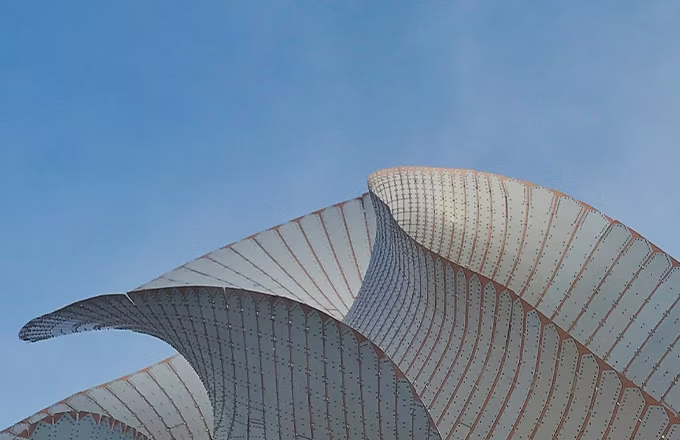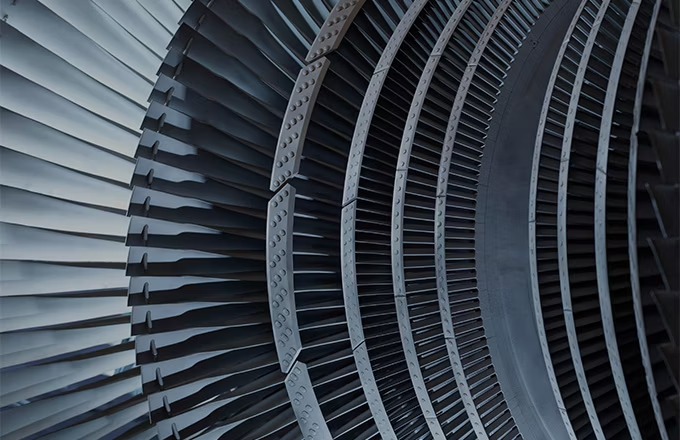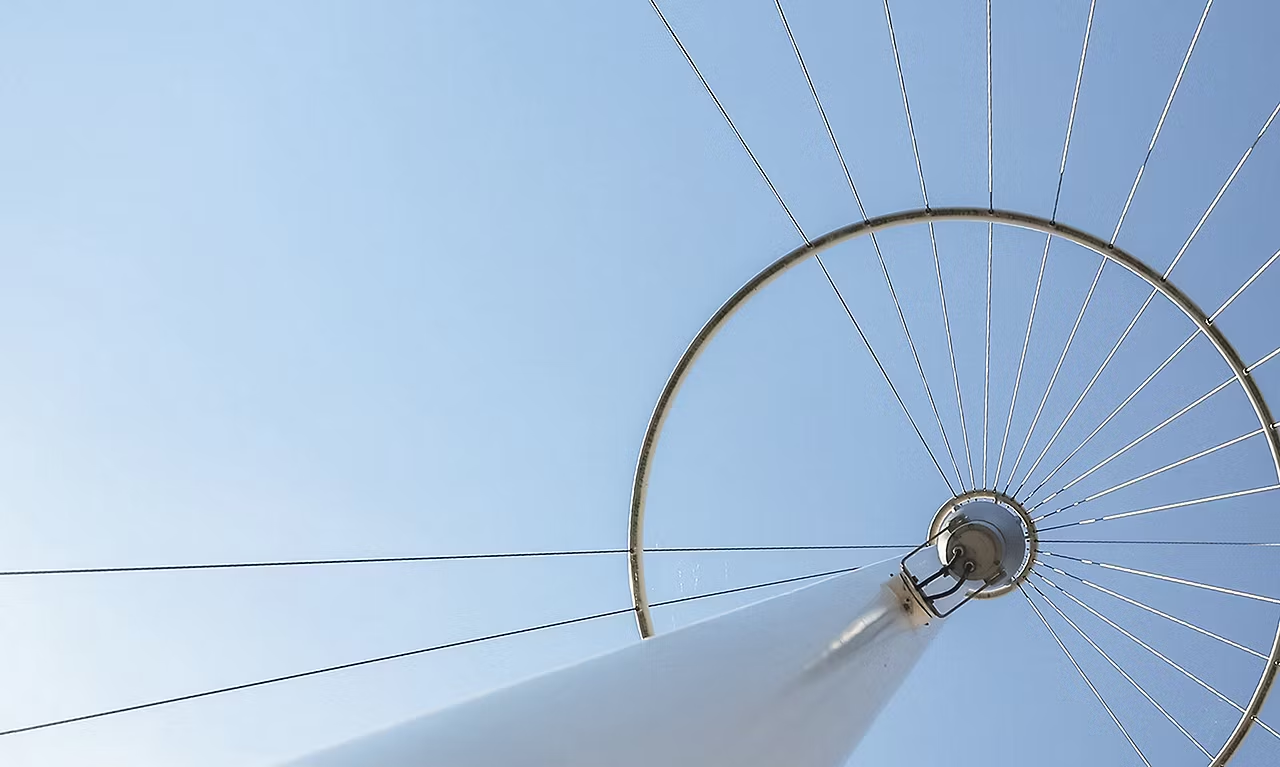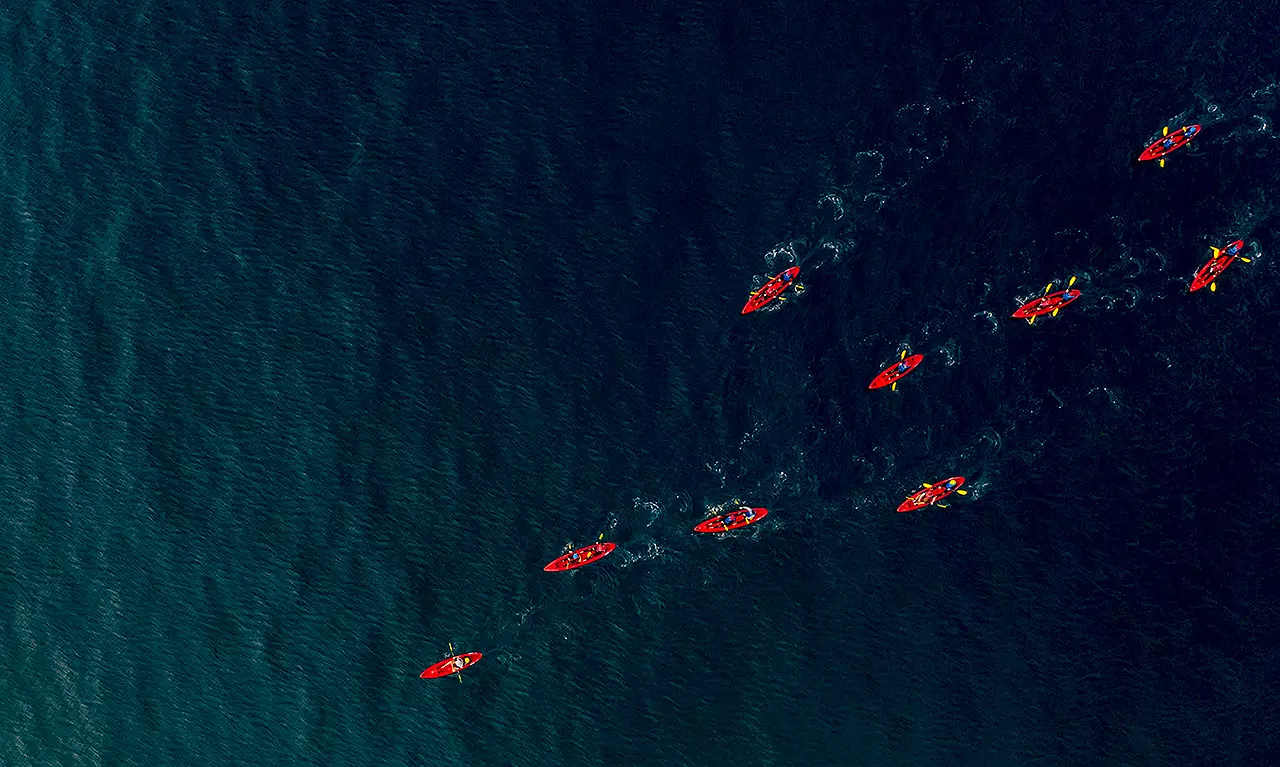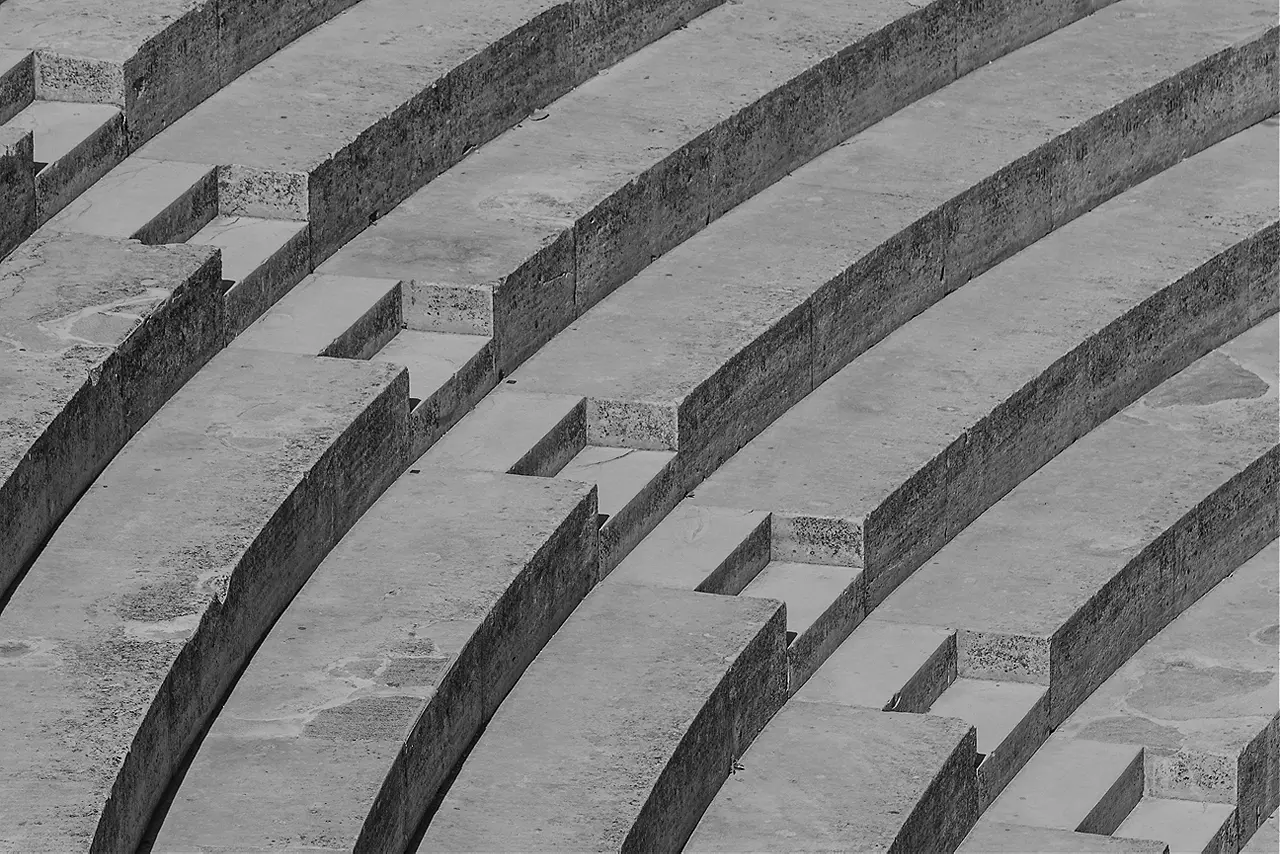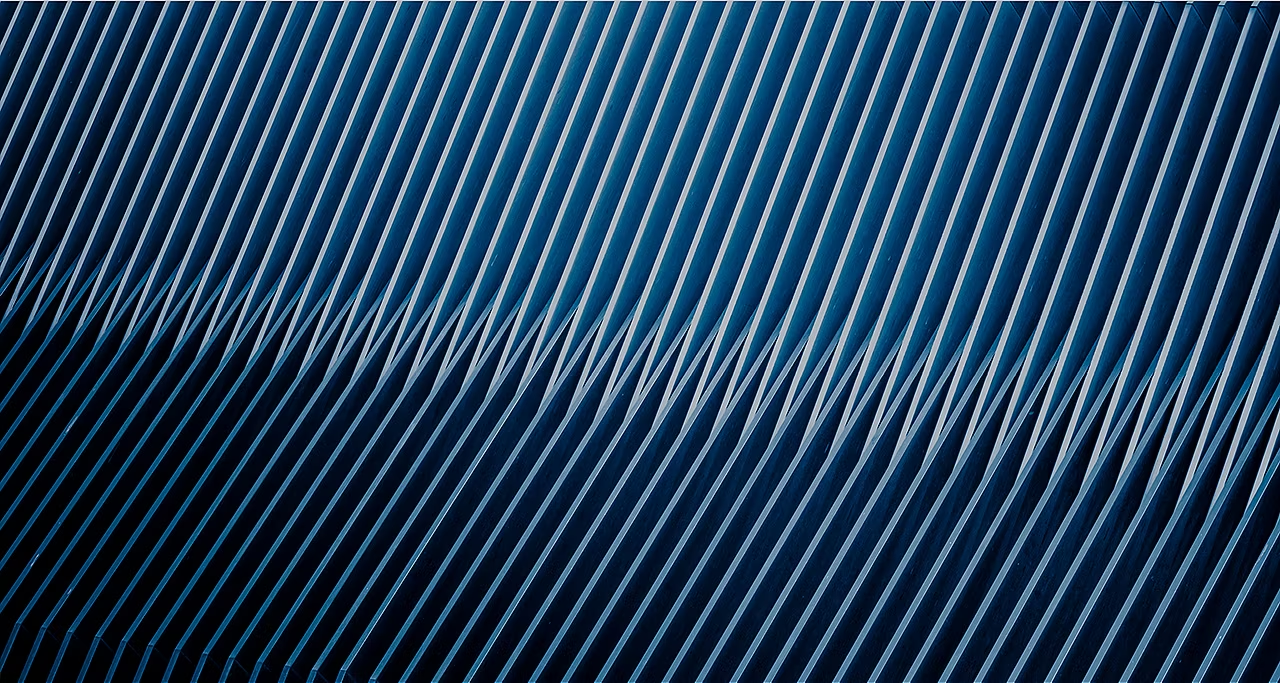Summary
Can investment results be attributed to skill or luck? Genuine skill is more likely to persist, while luck is random and fleeting. Thus, one measure of skill is the consistency of a fund’s performance relative to its peers. The Persistence Scorecard evaluates consistency and shows that in every style and geographic focus, active management outperformance diminishes over time, with few funds consistently outranking their peers.
Canadian equity indices suffered sharp declines in the first half of 2022, followed by fluctuations in the second half before finishing the year slightly negative. Canadian Equity funds fared better than usual, with only 52% underperforming over the one-year period. Among all Canadian domestic equity funds ranked in the top quartile of performance over the 12-month period ending December 2018, none maintained a top-quartile position for the next four years (see Report 2).

Exhibit 1 shows that among Canadian Equity funds ranked in the top half of peer rankings over the five-year period ending December 2017, 45% remained in the top half, while 55% fell to the bottom half, merged/liquidated or changed investment styles (see Report 6).
Sign up to receive updates via email
Sign Up
Report Highlights
− While slightly more than expected actively managed domestic equity funds maintained their top-quartile ranking for a few 12-month periods, persistence of ranking soon fell below what would be expected by random chance. Over five years, none were able to maintain their top-quartile ranking (see Report 2).
− Among actively managed domestic equity funds with top-quartile performance over the 12-month period ending December 2020, 9% of Canada Equity funds and 6.7% of Canada Dividend & Income Equity funds maintained top-quartile performance over the subsequent two 12-month intervals. In every other category, no funds maintained top-quartile performance over three 12-month periods (see Report 1).
− Across a five-year horizon, evidence of persistent active fund outperformance was nonexistent. Within the group of active funds achieving top-quartile performance in their respective categories over the 12-month period ending December 2018, not a single fund remained in the top quartile through each of the subsequent one-year periods through December 2022 (see Report 2).
− Over discrete five-year periods, a greater-than-expected proportion of funds in two domestic equity and three international equity categories maintained their relative performance standing compared with their peers. If performance were purely random in terms of comparing funds to their peers, one would expect 25% of top-quartile funds to remain in the top quartile in a subsequent period. Our scorecard reports an unweighted average of 40% of top-quartile Canadian Equity, 41% of top-quartile Canadian Focused Equity funds, 50% of top-quartile Global Equity funds, 31% of top-quartile International Equity funds and 46% of top-quartile U.S. Equity funds remained in the top quartile over two consecutive five-year periods (see Report 5).
− Underperformance significantly increased the risk of fund closures. For example, across all actively managed equity funds in four domestic categories (Canadian Equity, Canadian Focused Equity, Canadian Dividend & Income Equity and Canadian Small/Mid-Cap Equity) that were in the bottom half of performance in the five-year period ending in December 2017, more than 35% were subsequently merged or liquidated over the next five years. In contrast, among all funds in the top half across those same four categories for the five-year period ending December 2017, less than 18% were liquidated or merged in the subsequent five-year period (see Report 6).
− While liquidation was a more likely outcome for lower-ranked funds, style changes shared no strong relationship with underperformance. Over five-year horizons for all four domestic equity categories, the highest rate of style change, at 21%, actually occurred within the top-quartile Canadian Dividend & Income Equity funds. The average rate of style changes across all categories for top-quartile funds was 8%, while for bottom-quartile funds it was 5% (see Reports 5 and 6).








